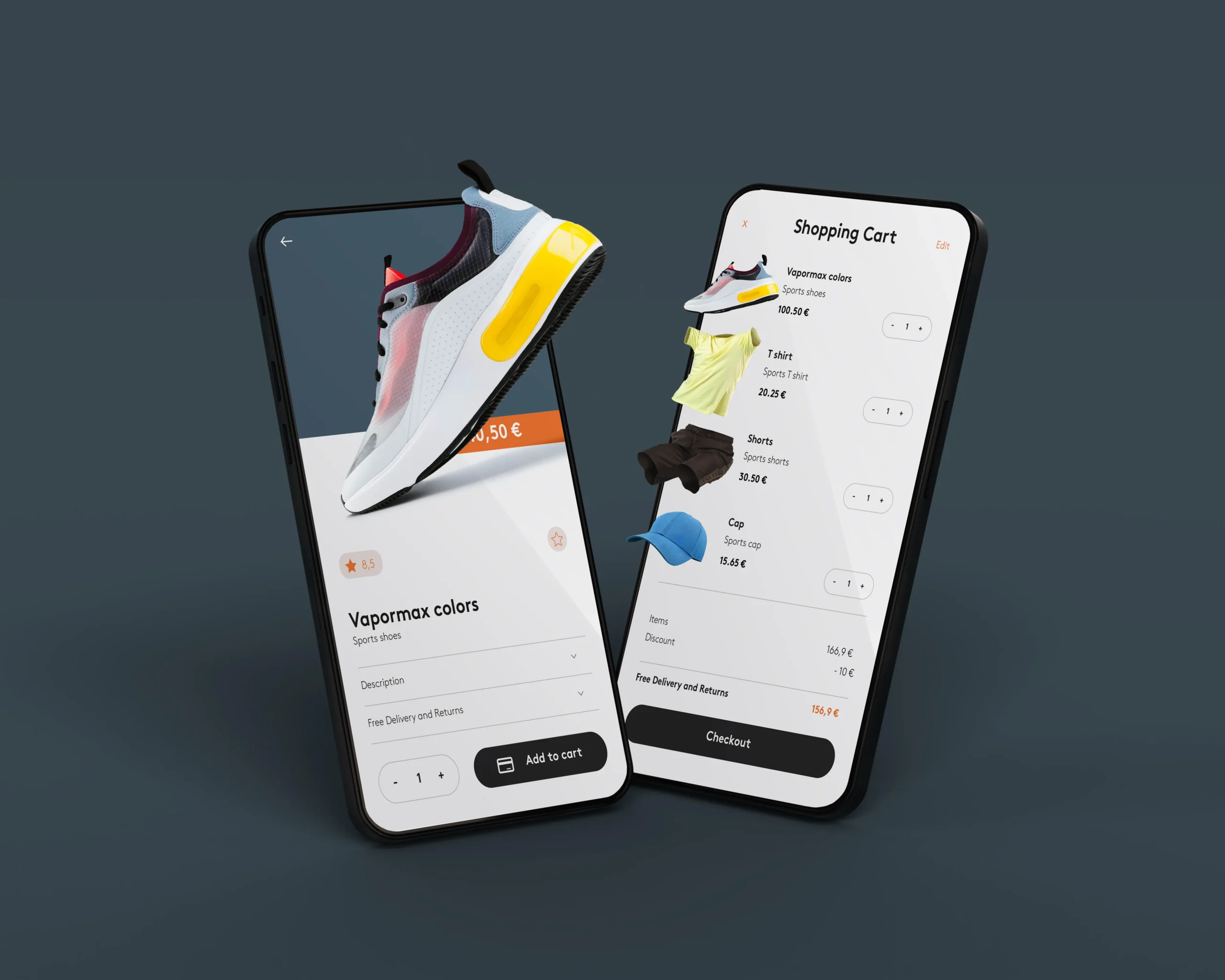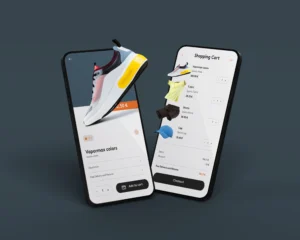App Store Optimization (ASO) Tips
📱 What is App Store Optimization (ASO), and Why Does It Matter?
In a competitive world of millions of apps on the App Store and Google Play, your app must stand out to attract users. App Store Optimization (ASO) is the process of improving your app’s visibility within the app store search results and on the browsing pages. ASO aims to make your app more discoverable, encourage more downloads, and ensure long-term user retention. Simply put, it’s your best shot at organic growth without spending on ads.
As the app market grows, ASO becomes more important. Every time a user searches the app store, they’re bombarded with hundreds of options. Your app’s ranking directly influences the likelihood of it being discovered. In fact, nearly 70% of app downloads come from search within the app store. By implementing effective ASO strategies, you can significantly increase your app’s visibility and user engagement, ultimately leading to higher download rates.
🧠 Understanding How App Store Algorithms Work
Before diving into actionable tips, it’s important to understand what drives rankings in the app stores. Both Apple App Store and Google Play Store rely on algorithms that prioritize certain factors when deciding which apps to display. These ranking factors include:
-
Keywords: The relevance of your app’s keywords to search queries.
-
App Title and Description: How well your app’s title and description reflect its functionality, with optimized keywords.
-
Ratings and Reviews: Positive reviews and ratings can significantly boost your app’s rank.
-
Downloads and Engagement: The more downloads and active users your app has, the better.
-
Visual Appeal: Your app’s icon, screenshots, and videos play a big role in its attractiveness to users.
The app stores reward relevant, user-friendly, and high-quality apps. Therefore, your ASO strategy should focus on improving these key areas.
🔍 Step 1: Start With Smart Keyword Research
Effective keyword research is one of the most critical aspects of ASO. The wrong keywords could prevent users from finding your app, while the right ones could propel it to the top.
Use the Right Tools:
-
Sensor Tower
-
App Annie
-
Google Keyword Planner
These tools help you identify which keywords users are actually searching for, so you can incorporate them into your app’s title, description, and metadata.
🛠 Case Study:
A fitness app targeting new users in the crowded wellness space used Sensor Tower to identify a niche keyword, “step counter,” which had lower competition but high search volume. By switching their title from “Fitness Tracker” to “Step Counter,” their organic installs shot up by 38% in just 30 days.
✅ Action Steps:
-
Find niche keywords that balance volume and competition.
-
Use long-tail keywords like “step tracker for beginners” to target more specific searchers.
-
Include keywords in your app title and avoid keyword stuffing, which can damage your rankings and readability.
🏷️ Step 2: Optimize Your App Title & Description
Your app’s title is the first thing users will see. Make it memorable, clear, and keyword-optimized.
Title Best Practices:
-
Keep it short and sweet (max 30 characters for Apple and Google Play).
-
Include your primary keyword in the title.
-
Be unique, but still clear about your app’s function.
For the app description:
-
Focus on the first 3 lines to grab attention. After that, users need to tap “read more” to see more.
-
Highlight your app’s unique value proposition.
-
Include action verbs and be persuasive.
🧠 Pro Tip: Your description should read like a landing page. Briefly explain what the app does, what makes it unique, and why users should download it today.
🎨 Step 3: Design Visual Elements That Convert
App users make snap judgments based on visual cues. Your icon, screenshots, and videos should work together to present a cohesive and attractive image of your app.
Designing a Strong App Icon:
-
Your app icon should be clean, simple, and brandable. Avoid cluttering it with text or unnecessary details.
-
Focus on colors and shapes that are easy to recognize even at smaller sizes.
Screenshots:
-
Use high-quality screenshots that show off your app’s key features.
-
Add captions or text overlays to explain features, like “Track your workouts in real-time” or “Monitor your calories effortlessly.”
Videos:
A promo video or app preview video can be a game changer. Users can instantly see how your app functions in action, which can drastically boost conversion rates. Keep your video under 90 seconds and focus on real-world usage.
🧠 Case Study:
An indie game company redesigned their app icon, switching from a muted blue background to a bold red one. The new icon matched color psychology trends, leading to a 25% increase in downloads within a month.
⭐ Step 4: Master Ratings and Reviews
Ratings and reviews are crucial for both your app’s visibility and trustworthiness.
How to Get More Reviews:
-
Prompt users at the right moment, such as after they’ve completed a task or reached a milestone.
-
Incentivize reviews by offering users a small reward, such as in-app currency or bonus features.
-
Encourage honest feedback, not just glowing reviews. Respond to criticism and show that you’re actively improving the app.
Responding to Reviews:
-
Acknowledge positive feedback with gratitude.
-
Address negative reviews with solutions. Show users that you’re committed to improving their experience.
🧠 Pro Tip: Apps with higher ratings and frequent, positive reviews tend to rank better in app store searches. By encouraging satisfied users to leave reviews and responding professionally to negative ones, you’re building a strong reputation.
🌍 Step 5: Go Global with Localization
Localization isn’t just about translating your app’s content into other languages—it’s about adapting your app to various cultural contexts. If your app is targeting multiple regions, localization can improve your visibility and increase downloads.
🧠 Case Study:
A popular language-learning app localized its title, description, and screenshots in 10 different languages. They saw an immediate 62% increase in international installs within the first 3 months.
What to Localize:
-
App Title and Description
-
Keywords: Use region-specific keywords that users in those markets are searching for.
-
Visuals: Localize screenshots and promotional materials to reflect the cultural nuances of each region.
🧪 Step 6: Run A/B Tests Like a Scientist
Testing is the only way to know for sure if a change actually works.
What to Test:
-
App title variations
-
App description wording
-
Screenshot layouts
-
Icon colors
-
In-app prompts for reviews
Both Apple and Google offer A/B testing tools. Use these to test variables one at a time, so you can accurately track what drives better performance.
📊 Step 7: Track Everything and Iterate
ASO is not a one-time fix; it’s an ongoing process. Monitor app performance with tools like Firebase, Google Analytics, and App Annie.
Track:
-
Install rates
-
Engagement metrics (e.g., session time, user retention)
-
Keyword ranking progress
-
User feedback (via reviews and in-app surveys)
By analyzing the data, you can make informed decisions and continue optimizing your app’s visibility.
🔄 Bonus Tips for Long-Term ASO Success
-
Update your app regularly with bug fixes, new features, and performance improvements.
-
Choose the right category for your app. This helps the algorithm categorize your app and display it to the right users.
-
Build an online presence: A website and social media presence will drive traffic and brand recognition.
-
Encourage user interaction: Foster an active community around your app. Engage with users through in-app messages and social media.



